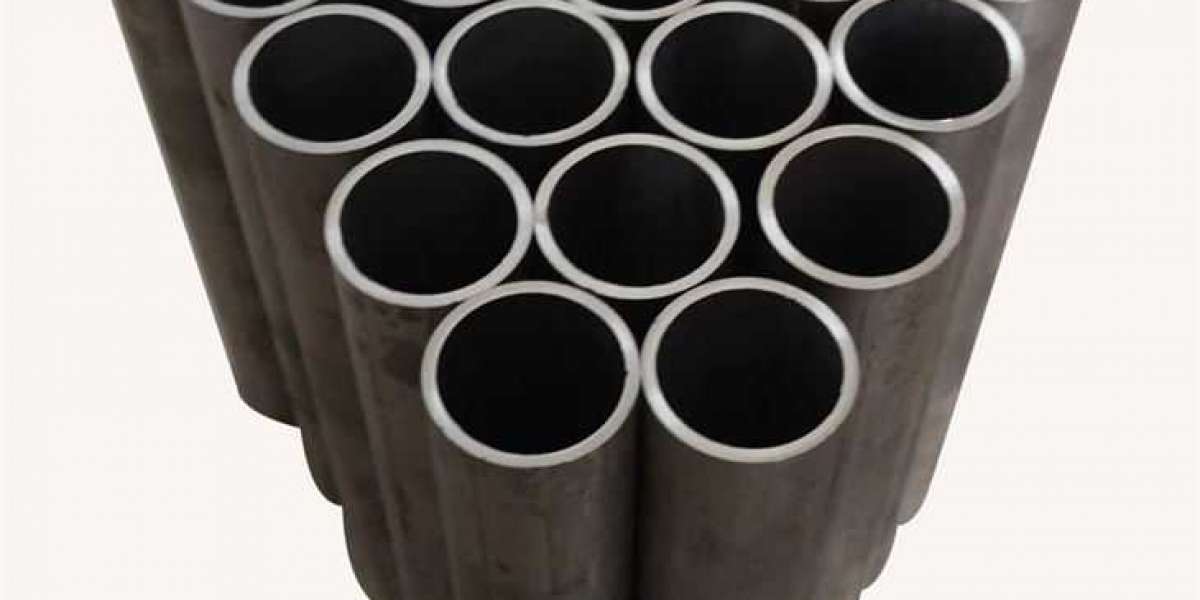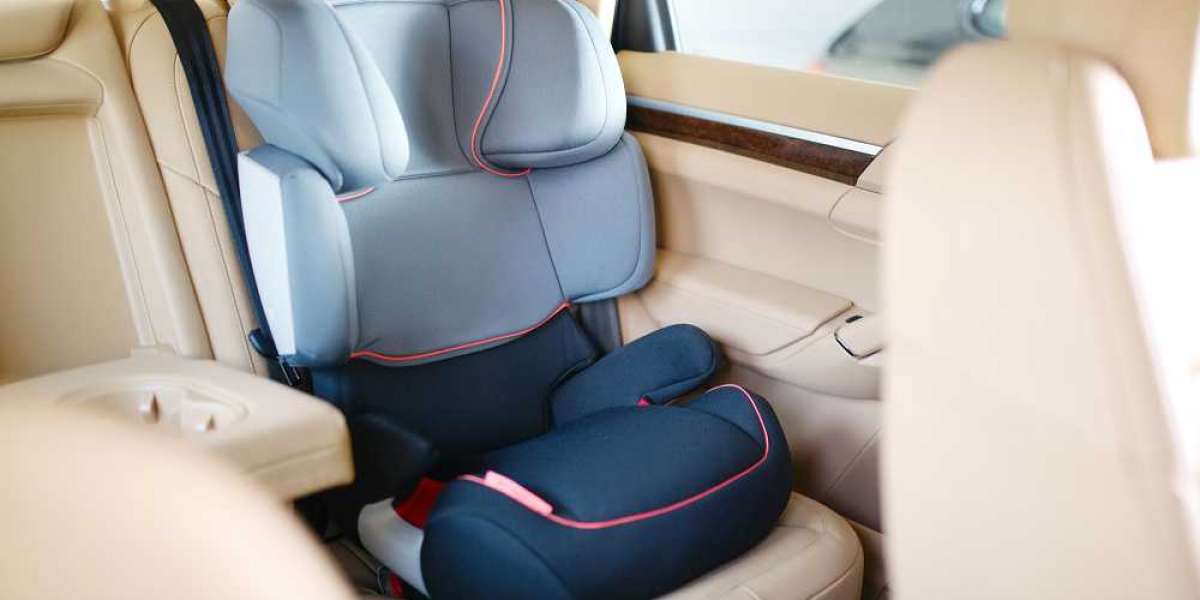Original Title: Characteristics of Nitinol Wire and Its Clinical Application in Orthodontics Nitinol is widely used in the field of orthodontics because of its superior superelasticity, shape memory function, corrosion resistance, as well as good biocompatibility and shock absorption characteristics. (I) Phase transformation and properties of nickel-titanium alloy Nickel-titanium alloy, as its name implies, is a binary alloy composed of nickel ions and titanium ions. Due to the change of temperature and mechanical pressure, there are two different crystal structure phases, namely Austenite and Martensite. The phase transformation sequence of NiTi alloy during cooling is parent phase (Austenite phase) -R-Martensite phase. The R phase is rhombohedral, and the austenite is cubic and hard when the temperature is higher (greater than the temperature at which the austenite starts), or when the load is removed (Deactivation). The shape is relatively stable. The martensite phase, on the other hand, is at a relatively low temperature (less than Mf: the temperature at which martensite ends) or when loaded (activated by an external force), hexagonal, ductile, repetitive, less stable, and more deformable. Therefore, determining the phase transformation temperature of nitinol arch wire has a positive guiding significance, so that clinicians can make better use of the properties of nitinol for clinical orthodontic treatment. (II) Special properties of nickel-titanium alloy 1. Shape memory characteristics Shape memory is that when the parent phase of a certain shape is cooled from above Af temperature to below Mf temperature to form martensite, the martensite is deformed below Mf temperature, and then heated to below Af temperature, accompanied by reverse phase transformation, the material will automatically restore its shape in the parent phase. In fact, the shape memory effect is a thermally induced phase transformation process in NiTi alloys. 2. Superelastic The so-called superelastic refers to the phenomenon that the specimen produces a strain far greater than the elastic limit strain under the action of external force, and the strain can be automatically restored when unloaded. That is to say, in the parent phase state, due to the external stress, the stress-induced martensite transformation occurs, so the alloy shows different mechanical behavior from ordinary materials, its elastic limit is far greater than that of ordinary materials, and it no longer obeys Hooke's law. In contrast to shape memory properties, superelasticity is not thermally involved. In a word,Titanium 6Al4V wire, hyperelasticity means that the stress does not increase with the increase of strain within a certain range of deformation, and the clinical manifestation is that the orthodontic force generated by the archwire in the process of deformation remains constant and no longer gradually loses with the movement of teeth towards the orthodontic direction. According to the characteristics of the stress-strain curve corresponding to hyperelasticity, hyperelasticity can be divided into two types: linear and nonlinear hyperelastic. In the stress-strain curve of the former, the relationship between stress and strain is nearly linear. Nonlinear hyperelasticity is the result of stress-induced martensitic transformation and its reverse transformation during loading and unloading in a certain temperature range above Af, so nonlinear hyperelasticity is also called phase transformation pseudoelasticity. The phase transformation pseudoelasticity of NiTi alloy can reach about 8%. The superelasticity of nitinol can vary with the conditions of heat treatment, and begins to decrease when the archwire is heated above 400ºC. When the heat treatment temperature exceeds 600ºC, the superelasticity is substantially small. According to this characteristic, the non-orthodontic area of the archwire can be thermally treated to lose its superelasticity in clinic, so as to avoid the influence of the orthodontic process on the teeth in the non-orthodontic area, while the archwire in the orthodontical area still has good elasticity. 3. Sensitivity of temperature change in oral cavity: The orthodontic force of stainless steel wire and CoCr alloy orthodontic wire is basically not affected by the temperature in oral cavity. The orthodontic force of the superelastic NiTi alloy orthodontic wire varies with the oral temperature. When the amount of deformation is constant. The orthodontic force increased with the increase of temperature. On the one hand, it can accelerate the movement of teeth, because the temperature change in the oral cavity will stimulate the blood flow in the blood stasis area caused by the capillary stagnation caused by the orthodontic device,6al4v titanium bar, so that the repair cells can be fully nourished during the movement of teeth to maintain their vitality and normal function. On the other hand, orthodontists cannot precisely control or measure the orthodontic force in the oral environment. 4. Corrosion resistance: Studies have shown that the corrosion resistance of nickel-titanium wire is similar to that of stainless steel wire. 5. Toxicity resistance: Nickel-titanium shape memory alloy has a special chemical composition, that is, it is a nickel-titanium alloy containing about 50% nickel, which is known to have carcinogenic and cancer-promoting effects. In general, the surface layer of titanium oxide acts as a barrier, which makes the Ni-Ti alloy have good biocompatibility. TixOy and TixNiOy in the surface layer can inhibit the release of Ni. Expand the full text 6. Gentle orthodontic force: The current commercial orthodontic wires include austenitic stainless steel wire, cobalt-chromium-nickel alloy wire, nickel-chromium alloy wire, Australian alloy wire, gold alloy wire and titanium alloy wire. Load-displacement curves for these orthodontic wires under tensile and three-point bending test conditions. Nitinol has the lowest and most flat plateau of the unloading curve, indicating that it provides the most durable and gentle orthodontic force. 7. Good shock absorption characteristics: The greater the vibration of the arch wire caused by chewing and bruxism, the greater the damage to the root and periodontal tissue. Through the study on the attenuation experiment of different archwires, it is found that the vibration amplitude of stainless steel wire is larger than that of superelastic nickel-titanium wire, and the initial vibration amplitude of superelastic nickel-titanium archwire is only half of that of stainless steel wire. The good vibration and shock absorption characteristics of archwires are very important for the health of teeth, while traditional archwires, such as stainless steel wires, tend to aggravate root resorption. (3) Classification of Nickel-Titanium Alloy Wires Evans and Durning Classification 1) Gold arch wire, cobalt-chromium alloy wire and stainless steel round wire in 1940 2) Martensitic stabilized alloys in 1960: most of them are made of nickel-titanium alloys after deformation in the martensitic state. This kind of arch wire has low rigidity and can produce light orthodontic force. There is no martensitic transformation caused by stress or temperature, so there is no memory effect and superelasticity. 3) In 1980, China Nitinol and Japan Nitinol archwires were austenitic activated alloys: they were austenitic in any state, and did not have martensitic state caused by temperature when placed inside or outside the mouth. Martensitic state could only be caused by stress, nickel titanium wire ,ti6al4v eli, and had superelasticity, but did not have shape memory function. The archwire has excellent resilience and low stiffness, and can produce weak orthodontic force. It is characterized by a constant force from the initial start to the final stage, and has a better effect in the treatment of early tooth irregularity. The point removal can not be bent and formed at normal temperature, and is not easy to weld. If this wire is used as the main arch wire, it will often cause unwanted arch expansion or arch contraction, and it is difficult to establish a good premolar and molar alignment. 4) In 1990, the martensite activated nickel-titanium alloy: TTR is lower than the oral temperature or very close to the oral temperature, it exists in a multi-component state at room temperature and is easy to deform. When it is placed in the oral cavity, the martensite caused by stress and room temperature transforms to austenite at the same time, that is, it has shape memory function and superelasticity. It is easy to deform at normal temperature (about 25ºC) and below, and when it reaches a certain temperature (about 32ºC), it will return to its original pre-shape, showing shape memory and superelasticity. Smart brand of Beijing Shengmat Technology Co., Ltd. and Nitinol HA brand of 3m Company are typical representative products. Because of this property, the heat-activated nickel-titanium archwire can be easily shaped and placed in place in the bracket when it is maintained at room temperature or below, and when it is activated by body temperature and heat in the mouth, it can produce shape recovery force and provide the required force for orthopedics. Because the heat-activated nickel-titanium orthopedic wire has the characteristic of softening when cold and becoming elastic when activated by heat, a patient can change the orthodontic force by holding cold and hot water in the mouth under the guidance of a doctor, which is more convenient for the orthodontist to correct and reduces the discomfort of initial orthodontic treatment. 5) Graded thermodynamic: increased thermodynamic nickel-titanium alloy: the TTR temperature is higher than the oral temperature, about 40ºC. In this way, when the nickel-titanium archwire is placed in the oral cavity, it is still in a multivariate state, the archwire is relatively soft, and the austenitic phase transformation occurs only when the mouth contains hot water. Therefore, the orthodontic force is weaker and can be used as the initial arch wire for adult patients and patients with periodontal disease. The copper-containing nickel-titanium wire produced by Omcro Company and the low-hysteresis L-H nickel-titanium archwire produced by Japan have this property. (4) Clinical application of nickel-titanium alloy wire: 1. It is used for the early alignment and leveling of the patient's dentition. Due to the superelasticity, shape memory performance and low stress-strain curve of the nitinol arch wire, the nitinol arch wire is routinely used as the initial arch wire in the orthodontic system in clinic at present, so that the discomfort of the patient will be greatly reduced. Because there are several different straight wire technique, that MBT technique recommends the use of 0.016 inch heat-activated nitinol archwire (Hant wire), and the DEMON self-ligating bracket technique recommends the use of copper-containing heat-activated nitinol archwire produced by Omcro company (the phase transition temperature is about 40 degrees). The O-PAK technique recommends the use of a 0.016 inch superelastic Nitinol archwire for early alignment and flattening. 2. Nickel-titanium spring: Nickel-titanium push spring and tension spring are a kind of spring used for orthodontics. They have the characteristics of nickel-titanium superelasticity and are suitable for orthodontics to open up the gap between teeth and pull teeth in different directions. An extension of 1 mm of the nickel-titanium coil spring produces a force of approximately 50 G. The nickel-titanium coil spring has high elastic performance, and can generate soft and stable continuous force in a stretching state. The attenuation of the force is very small, and an ideal orthodontic force which meets the requirements of clinical tooth movement can be generated. Meet the physiological requirements. Ni-Ti wire tension spring has high elasticity and very low permanent deformation rate. Compared with stainless steel wire with the same diameter, its released orthodontic force is 3. 5-4 times. Therefore, in the application of orthodontic treatment, patients not only feel less pain, feel soft and lasting strength, but also reduce the return visit time, shorten the course of treatment, improve the curative effect, which is a new and excellent mechanical device in orthodontic treatment. 3. L-H archwire is a Japanese Dr. Developed by Soma and others and produced by Tomy. LH is "self" Low Hysteresis ", that is, when the archwire is tied to the bracket, the difference between the stress generated when the archwire is activated and the stress generated when the arch wire slowly returns to its original state when moving the teeth is very small. I.e. The lag is small. SOMA et al. compared the stress-strain curves of LH archwire and other nickel-titanium alloy archwires. The hysteresis range of L-H archwire is the smallest, which makes the archwire have the advantages of low load and sustained light force. At the same time, the initial slope of the curve is low, indicating that the archwire has low stiffness. The hysteresis curves of other types of nickel-titanium alloy archwires show that they are more rigid. Obviously, L-H archwires have obvious mechanical advantages. Because the proportion of titanium in nickel-titanium LH wire is higher than that in general nickel-titanium arch wire, it is called titanium-nickel wire, and experiments have proved that its shock-absorbing effect is stronger. The LH nickel-titanium wire is also characterized in that the LH nickel-titanium wire can be bent and can be heated and shaped by using a heat treatment instrument, so that the treatment can be finished by arranging and leveling the LH nickel-titanium wires, opening the occlusion, closing the gap and finishing the treatment with one upper arch wire and one lower arch wire respectively, as long as the arch wires are taken out to be bent into a required shape at each stage and shaped by using the heat treatment instrument, The hardness can be strengthened. At present, the L-H archwire is used clinically for the treatment of maxillary expansion, correction of open jaw, partial jaw and cross jaw, because of its continuous stability and softness of strength, the effect is better. At the same time, J hook is often used to improve the deficiency of soft arch wire. Although the MEAW technique is ideal for the correction of the above malocclusion, the complicated bending of the archwire often deters many physicians. As a result, some physicians have switched to using a rocking-chair nickel-titanium archwire, which is similar to the mechanical system, with vertical traction of the anterior teeth. Although this has a similar effect, it is felt that when compared with MEAW, the movement of each independent tooth is not as good as that of MEAW technology. The reason is that the rocking-chair nickel-titanium archwire is a continuous archwire, and there is no way to bend it. Therefore, the angle of the bracket bonding and the rocking curvature of the archwire determine the angle of each tooth,titanium exhaust tubing, unlike the MEAW technique where there is room for individual adjustment of the angle of each tooth. Use the LH nickel titanium to bend the rocking chair, and then use the arch wire shaper to bend back or forward in the mouth, the effect is quite ideal. Return to Sohu to see more Responsible Editor:. yunchtitanium.com
DorothyBMill
11 Blog mga post



